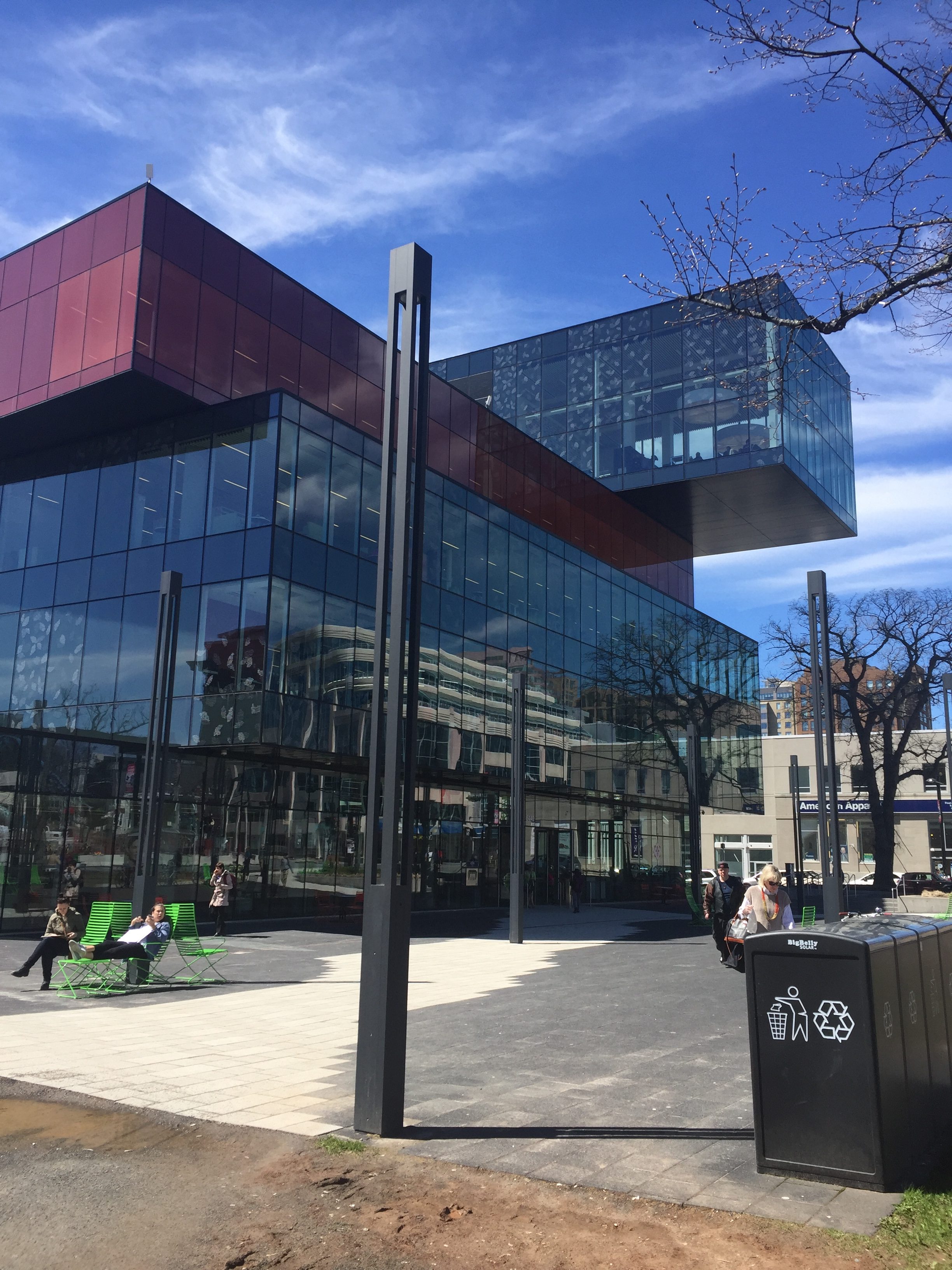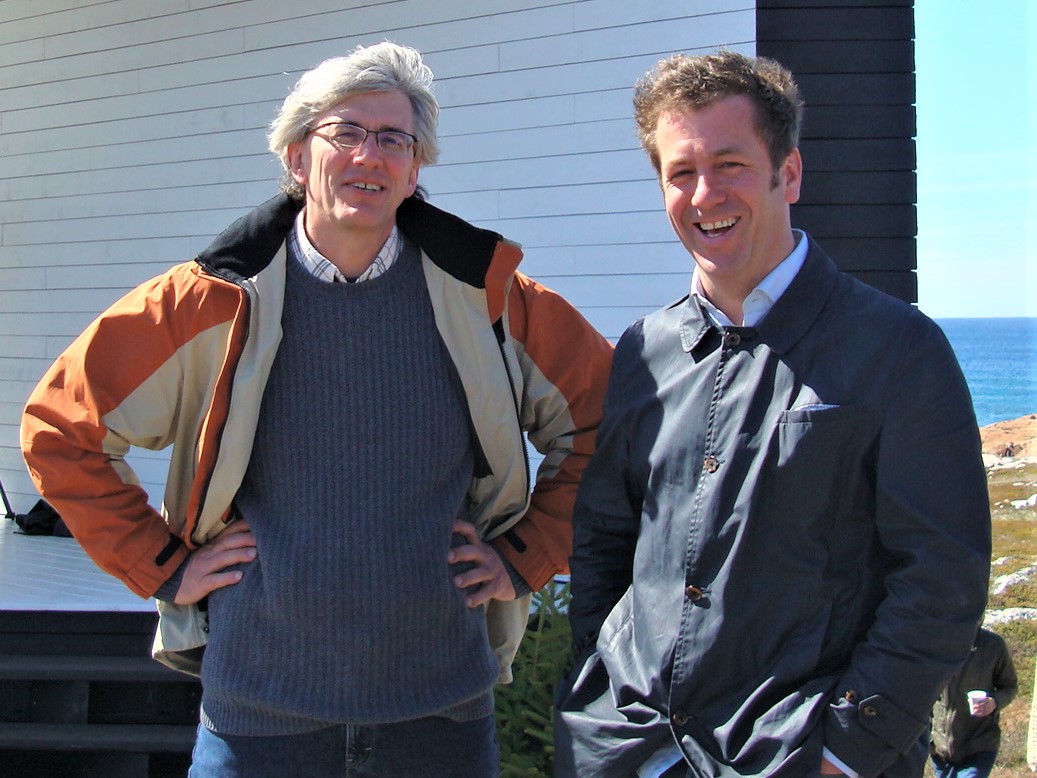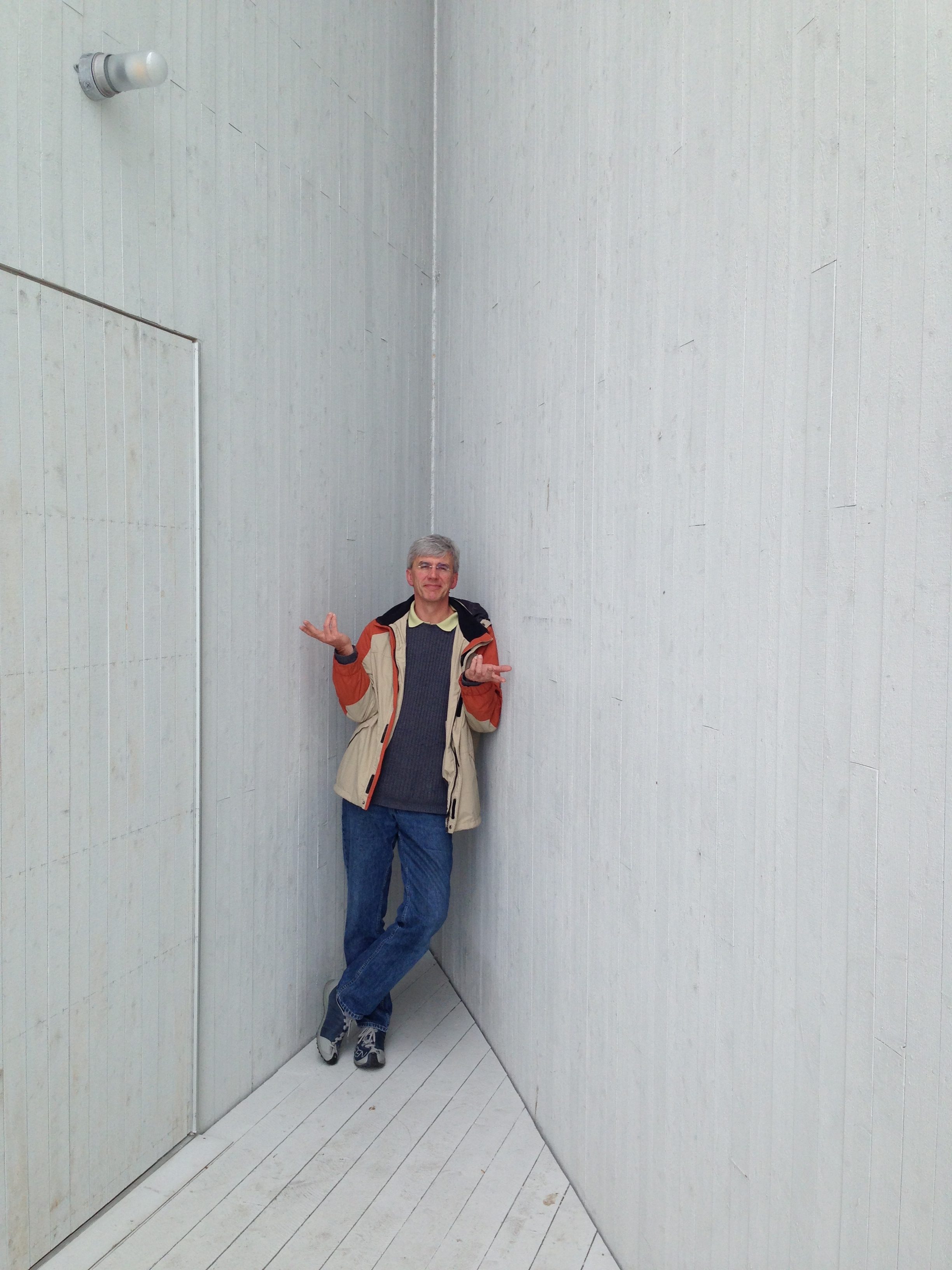
I don’t make a point of telling people that the architect for the Fogo Island Inn was, in fact, me. Now that’s a statement that could raise a few eyebrows! Surely the architectural genius behind the Fogo Island Inn was Todd Saunders. But that statement is just as true as the opener.
So this is a public education piece. It’s meant to clear up some commonly held misunderstandings / misconceptions about who architects are, how they are credentialed and what the various roles might be on a building project – especially on a building project that soars to international design acclaim.
My friend and former classmate George Cotaras could perhaps relate to this post (although I certainly can’t speak for him). He was the “prime consultant architect” for the Halifax Library while Schmidt Hammer Lassen Architects are given credit as the “design architects”.

Let me try to break this down for you.
Sometimes great buildings require starpower. Now in the architectural trenches of Newfoundland and Labrador it’s not difficult to find architects who have beat themselves up trying to design schools, recreation centres, office buildings and shopping centres to meet strict budgets. Budgets that have a complete and total disregard for silly things like (for example) energy efficiency or aesthetic appeal. This sort of work demands a certain level of competence. More importantly, it demands a high degree of ingenuity to squeeze in anything that is not strictly functional.
Buildings designed for the public sector are particularly so. They suffer from lowballed initial estimates (to make them more palatable to the Minister and to appease the taxpayer). Fair enough. That’s the game. And we’re broke anyway.
But every so often a project comes along that is intended to put the place on the map (so to speak). These are rare. Once in a lifetime prospects.
Zita Cobb and her associates at the Shorefast Foundation had an architectural vision that was fearlessly tied to her social/cultural/economic experiment. They needed an architect who was on an international trajectory, and they found that in Todd Saunders. The fact that Todd was born and raised in Gander Bay (very close to Fogo) was a bonus. His interpretations would be informed.
But Todd’s credentials were based on a professional career in Norway, and they were not transferable. In fact, a Mutual Recognition Agreement between Canada and Europe on architectural credentials has only come into force in 2019. Meaning that in 2007, when the design of the Inn was getting underway, Todd could not be recognized as an architect in Canada – at least not in the purely legal sense.
That’s where I came in. Desperate times call for desperate measures. The project required an architect who would take responsibility for all the legal and professional aspects of the design and construction. While Todd Saunders was tasked with envisioning perhaps one of the most remarkable and celebratory buildings this island (Fogo and Newfoundland) has ever seen, I was responsible for:
- Energy efficiency and minimal carbon footprint;
- Design of all construction elements related to the building envelope;
- Research into and rationalization of every building product proposed;
- Fire and life safety;
- Accessibility;
- Acoustics;
- Managing a multi-disciplinary team of engineers and aligning them with project goals;
- Construction tendering;
- Monitoring construction.
This represents the nuts and bolts so to speak. But the list fails to include one point that requires special emphasis: as the “architect of record” –
I assumed 100% of all design liability.
In this special relationship with Todd Saunders (and the Shorefast Foundation) there was one crucial, salient fact that made all this come together: I had no desire to be Todd Saunders. He often remarked on that. I just wanted to do the job and get on with the next one – all part of an exit strategy, or how I could get the hell out of this architectural racket at the earliest opportunity.

There’s no question that I admired and envied Todd to a certain degree. He was chasing after his dream and getting there. Working with him had the effect of taking me back to school in many ways. A refresher, if you will. He was insistent that I be insistent. Not only with Fogo Island Inn, but with every project I did until I finally walked away from the LAT49 Architecture office which I founded. In the few projects I had left to round out a successful career, I drew many lines in the sand based on Todd’s coaching. I once again became concerned about architecture – not just buildings and budgets – I exercised a renewed approach to material integrity. I have Todd to thank for that. He inspired me to dig in.

Todd Saunders is a remarkable architect. He’s living the dream as we say. Zita clearly buttonholed him in a moment of inspiration. No surprise there. She is a remarkable woman.
And me. Well I hate traveling for starters. And I’m not much of an architectural theorist. And I certainly didn’t expect to work in Newfoundland and make enough money to hire some of the best people in the world to photograph and write about the things I designed.
But hey. I’m retired now. And I can devote as much time as I want to helping you understand this business of architecture. I can stay up as late as I want. Hell, I can even get up whenever I want. I can go to my home in Salmon Cove any day I want and stay there until the cows come home. And I can tell whoever I want to just bugger off.
Only one last thing. Anyone who thinks Fogo Island is the most remarkable spot in Newfoundland hasn’t been to Salmon Cove.
Kettle’s on Zita…


Good to get an u deratanding of what “architect of record” means – thanks, Jim.